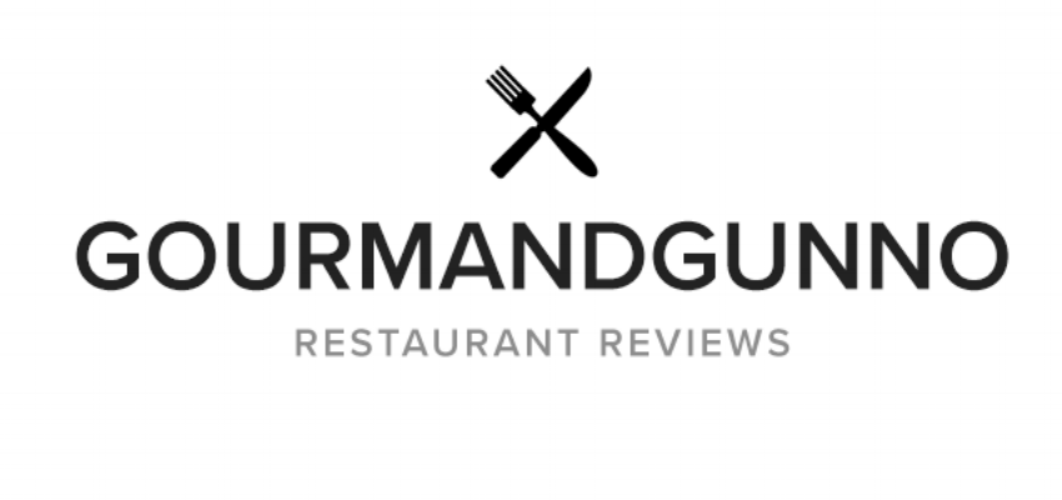This is a special post to mark a truly memorable meal. Gourmand Gunno normally restricts himself only to reviewing restaurants on his home UK turf. Top dining tips for elsewhere can generally be found in the global section of the website.
“Excellent cooking, worth a detour” – the Michelin Guide’s criteria for the awarding of two stars – does Lalique a disservice. If there are good restaurants and then exceptional ones, Lalique comfortably falls into the latter category. Our group of six thought we had done well on a recent jaunt to the Bordeaux region having endured the prior hardships of two different private dining experiences at top Chateaux (Beychevelle and Palmer) – both of which would be worth a detour – but Lalique took things to a whole new level.
For those unfamiliar with Lalique, the company began life as a glassmaker in the late 19th Century, founded by the eponymous René. Wind the clock forward by more than a century and Lalique is now part of a stable of Swiss-owned luxury brands. The founder’s legacy endures at the restaurant which now bears his name. Located within the beautiful Chateau Lafaurie-Peyraguey, guests can feel wowed by both the food and architecture. Sure, there is the 17th century grandeur of the building, but the modern extension in which the dining area sits is a wonder in its own right. Marvel not just at the view of the vines (witnessed through floor to ceiling windows), but at the 120 individual gold crystal Sémillon leaves embedded into the restaurant’s roof. Then cast your eye around the room and down to your table. Everywhere, there is Lalique glass art, vases and crockery.
With a bar set so high, it was a delight to see the cooking match this level. Lalique was a masterclass in panache. Culinary daring on the part of chef Jérome Schilling was matched by accomplished execution. René Lalique would undoubtedly have approved of the presentation too. All diners must choose from a four or five course tasting menu with cheese available as an additional option. Even the amuse bouches which were nestled around a Lalique-branded half wine bottle already present on our table at arrival were enough to leave many in our group spellbound. The flavour intensity contained within one tiny morsel of sardine spoke of culinary alchemy. Schilling’s angle throughout seems to be one of working with highly local and seasonal ingredients. The pea, a classic early summer vegetable, was elevated to something utterly novel by the chef in a trio of dishes which were served as our second course. We were told to take one mouthful of concentrated pea and eel tart at the outset and then to alternate across two separate compositions, respectively hot and cold. Overall, the palate sensation was nothing short of electric. Calf sweetbread was superb as main and the closing desert – which included a yuzu caviar topping – was simply inspired.
Throughout, service was impeccable. Special plaudits would be due to our Sommelier, whose youth belied remarkable knowledge. His suggestions for stemware and serving temperature were judicious and we combined two reds of our own with a pair of Burgundian whites from Lalique’s list. Sauternes was inevitable for at the finish. Oenophiles would rightly swoon not only at the vineyard and winery but also at the range of options available in the restaurant. On arrival, we were confronted with a book that would not have been out of place on a large coffee table. Perhaps this qualified as the best metaphor for Lalique: expect both to be impressed by the very big and the very small. A punch is packed at every turn. Have no doubt, the positive memories of Lalique will only endure. Quelle experience!

